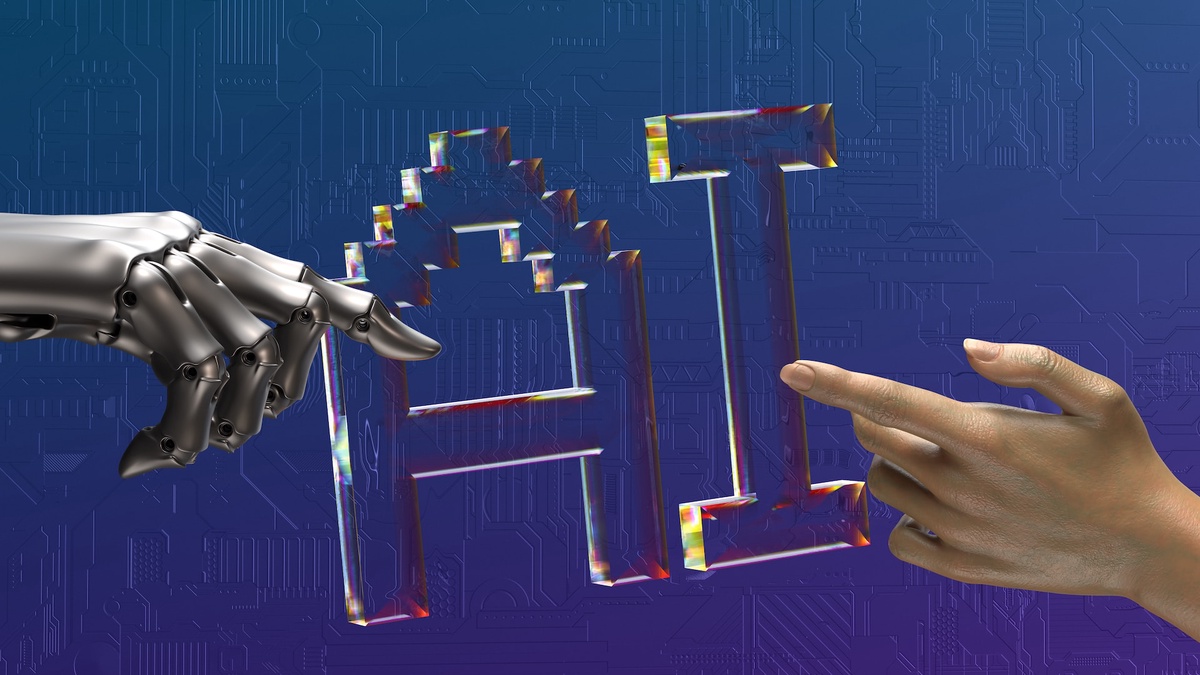The landscape of communication is undergoing a dramatic shift. Text-based interactions are becoming increasingly prevalent, and chatbots are at the forefront of this change. These virtual assistants handle a wide range of tasks, from customer service to education, and their capabilities are constantly evolving. One technology driving this evolution is GPT, a powerful language model developed by OpenAI.
What is GPT?
GPT stands for Generative Pre-training Transformer. It is a family of large language models (LLMs) trained on massive datasets of text and code. These models excel at tasks like text generation, translation, and question answering. GPT-3, the latest iteration, boasts 175 billion parameters, making it one of the most powerful LLMs in existence.
GPT-Powered Chatbots: Advantages
Integrating GPT into chatbots unlocks several significant advantages:
1. Enhanced Conversational Capabilities: GPT models can generate human-quality text, allowing chatbots to hold more engaging and natural conversations. They can understand the context of a conversation, respond to nuanced queries, and adapt their tone and style to match the user.
2. Increased Efficiency and Scalability: GPT chatbots can handle multiple conversations simultaneously, freeing up human agents for more complex tasks. They can also learn from past interactions, continuously improving their response accuracy and efficiency.
3. Personalized Experiences: GPT models can analyze user data and tailor responses to individual needs and preferences. This personalization can lead to higher user satisfaction and engagement.
4. Automation of Repetitive Tasks: GPT chatbots can automate repetitive tasks like answering FAQs, providing customer service, and scheduling appointments. This frees up human resources for more strategic initiatives.
5. Accessibility and Global Reach: GPT chatbots can communicate in multiple languages, making them accessible to a broader audience. This can improve customer service, expand marketing reach, and facilitate cross-cultural communication.
6. Enhanced Data Insights: GPT chatbots can analyze user interactions and provide valuable insights into customer behavior, preferences, and pain points. This data can be used to improve products and services, optimize marketing campaigns, and personalize the user experience.
Real-World Applications of GPT-powered Chatbots
GPT-powered chatbots are finding applications across various industries:
1. Customer Service: Chatbots can handle customer inquiries, troubleshoot issues, and provide product information, 24/7. This can significantly improve customer satisfaction and reduce operational costs.
2. Healthcare: Chatbots can answer patients' medical questions, schedule appointments, and provide emotional support. They can also be used in telehealth consultations to improve access to healthcare services.
3. Education: Chatbots can personalize learning experiences, provide instant feedback, and answer student questions outside of class time. They can also be used to create engaging and interactive learning materials.
4. Marketing and Sales: Chatbots can qualify leads, answer product inquiries, and provide personalized recommendations. They can also be used to generate leads through engaging conversations.
5. Human Resources: Chatbots can automate HR tasks like onboarding new employees, answering employee questions, and handling payroll inquiries. This can free up HR professionals for more strategic tasks.
The Future of GPT-Powered Chatbots
The potential of GPT-powered chatbots is immense. As the technology continues to evolve, we can expect to see even more sophisticated and versatile applications. These chatbots will likely play an increasingly important role in our lives, transforming the way we interact with technology, businesses, and each other.
GPT-Powered Chatbots: Beyond the Hype & Addressing the Challenges
While GPT-powered chatbots offer immense promise, it's crucial to acknowledge both the hype and the challenges associated with this technology.
Looking Beyond the Hype
1. Limitations of LLMs: Despite their impressive capabilities, GPT models are still under development. They can be susceptible to bias, generate inaccurate or misleading information, and struggle with complex or nuanced questions.
2. Ethical Concerns: The use of GPT in chatbots raises ethical concerns regarding data privacy, transparency, and potential misuse. It's crucial to ensure responsible development and deployment of this technology.
3. Overreliance on Automation: Replacing human interaction entirely with chatbots may lead to impersonal experiences and negatively impact customer relationships. Striking the right balance between automation and human interaction is essential.
4. Job Displacement: The automation capabilities of GPT-powered chatbots could lead to job displacement in customer service and other sectors. Addressing the potential social and economic consequences is crucial.
Addressing the Challenges
1. Robust Data Training: Training GPT models on diverse and high-quality data sets is critical to minimize bias and ensure accurate responses.
2. Transparency and Explainability: Developing systems that explain how and why chatbots generate specific responses can build trust and mitigate ethical concerns.
3. Human-in-the-Loop Approach: Integrating human oversight and control into chatbot workflows can ensure accurate responses, address complex issues, and maintain human connection.
4. Ethical Frameworks and Guidelines: Establishing clear ethical frameworks and guidelines for the development and use of GPT-powered chatbots is essential for responsible and sustainable implementation.
5. Reskilling and Upskilling Initiatives: Providing opportunities for reskilling and upskilling workers affected by automation can help them transition to new roles in the evolving workforce.
The Road Ahead
Despite the challenges, GPT-powered chatbots offer a transformative potential for various industries. By acknowledging the hype and addressing the challenges proactively, we can unlock the benefits of this technology while ensuring its responsible and ethical ChatGPT development. The future of GPT-powered chatbots lies in collaborative efforts between researchers, developers, businesses, and policymakers to create a future where technology enhances human interaction, communication, and well-being.
Conclusion
GPT-powered chatbots represent a significant leap forward in the field of conversational AI. Their ability to hold natural conversations, handle multiple tasks, and adapt to individual needs makes them invaluable tools for various industries. As the technology continues to mature, we can expect to see even more innovative and impactful applications emerge, shaping the future of communication and interaction.


No comments yet